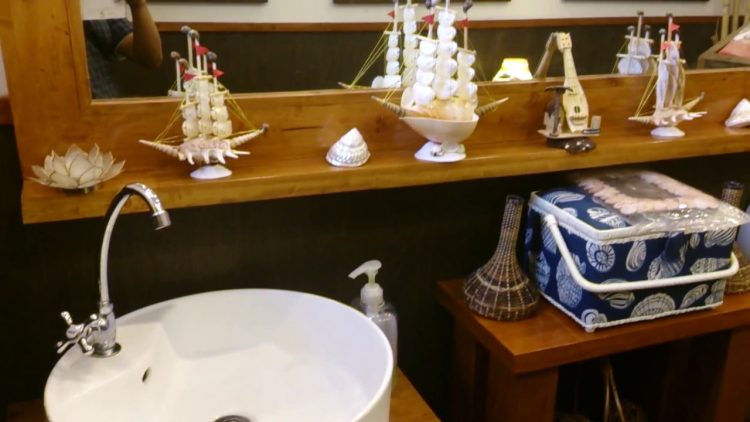While a vast majority of Indians continue to prefer sons, a small village in the Indian state of Rajasthan has its own unique tradition of celebrating their daughters. Since 2006, the residents of Piplantri village, in southern Rajasthan’s Rajsamand district, have been planting a whopping 111 trees to celebrate the birth of a girl!
Given that an average of 60 girls are born each year, the villagers have managed to plant over 250,000 trees so far – including varieties like Neem, Indian Rosewood, and Mango. The community of 8,000 residents is also dedicated to making sure that the trees survive and attain fruition as the girls grow up.





















